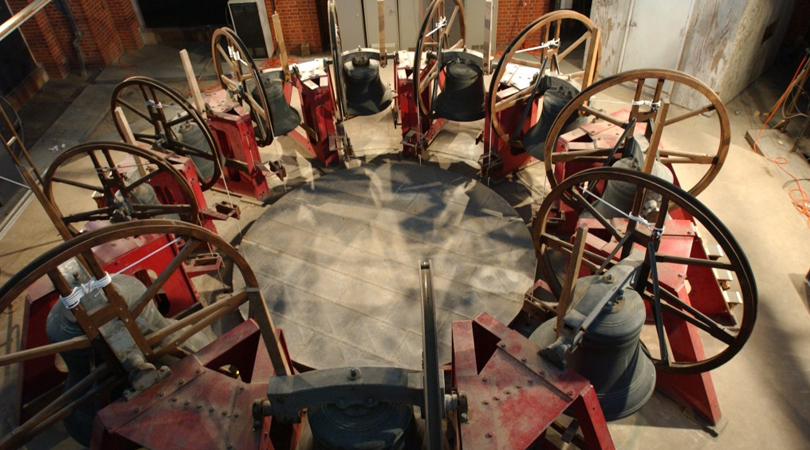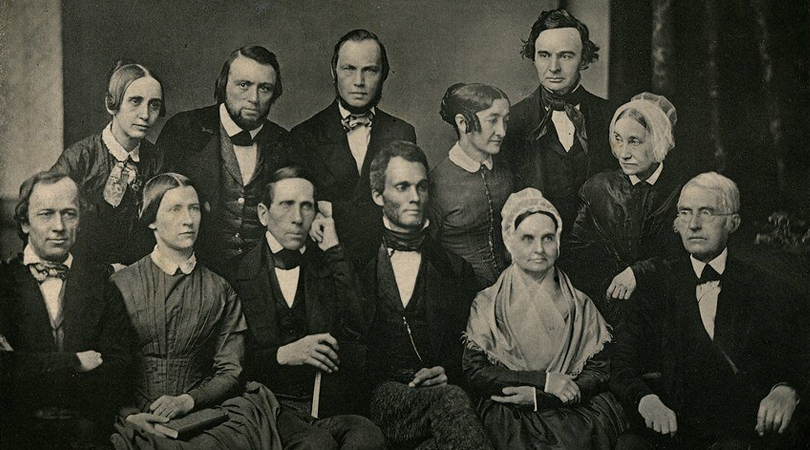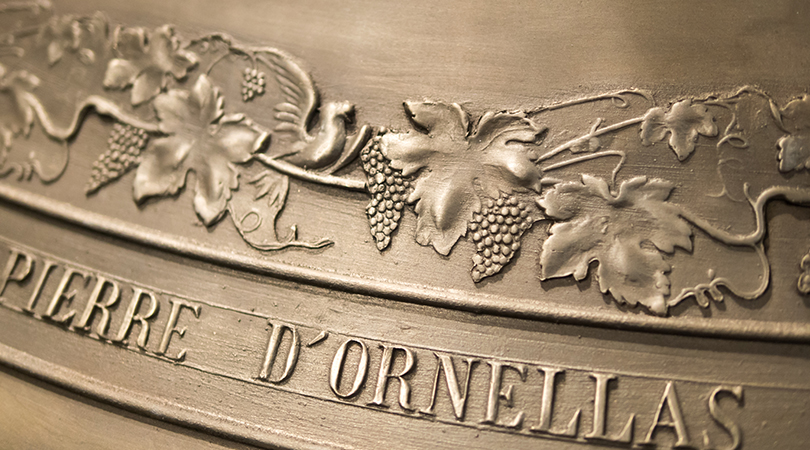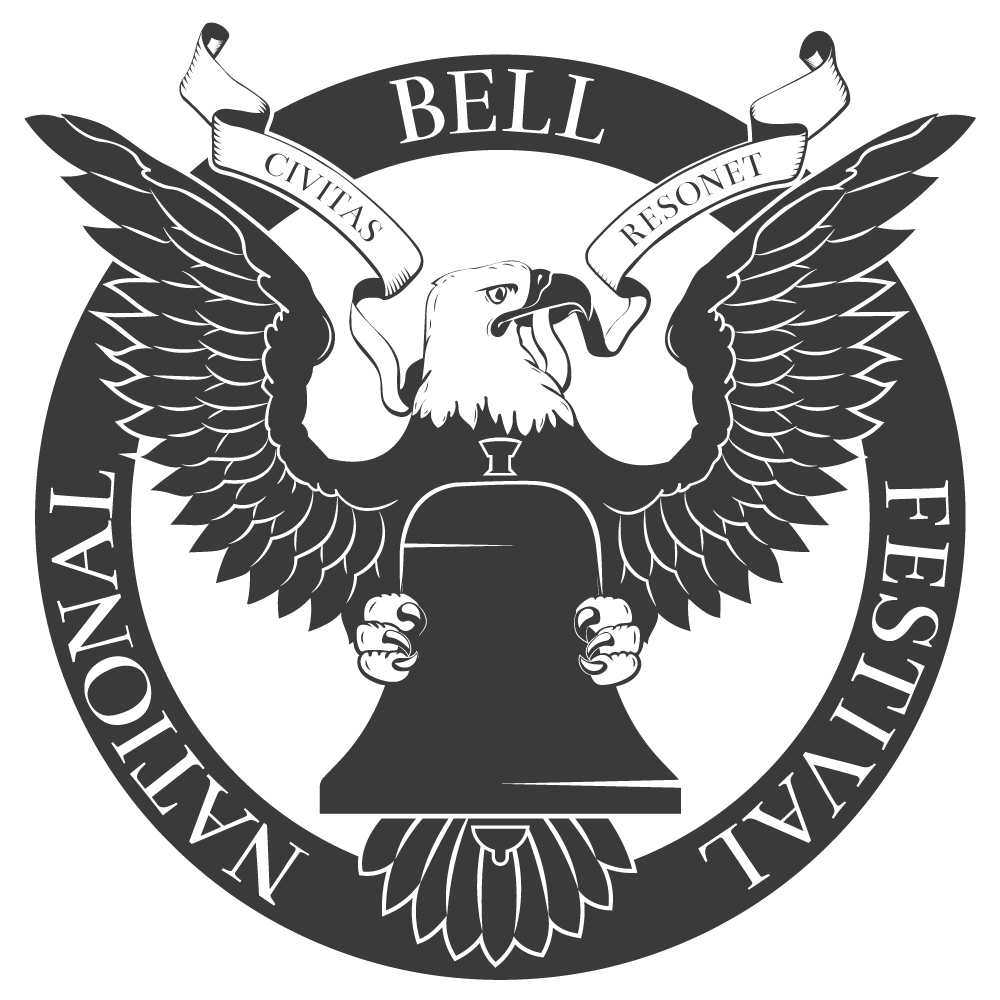Honor abolitionists and those who worked against slavery.
Our Emancipation Bells Campaign Cabinet, with input from historian contributors and abolitionist scholars, selected 12 abolitionists and allies from across hundreds of years of antislavery campaigning.
These 12 allies represent the diverse and complex views of non-Black abolitionists working prior to January 1, 1863, when the Emancipation Proclamation was signed. These figures complement the 51 Black abolitionists honored on carillon bells in the east tower.
The ‘Ring of Allies’ includes:
- William Lloyd Garrison, one of the most prominent American abolitionists, journalists, suffragists, and social reformers.
- Lydia Maria Child, a widely-read novelist and journalist who campaigned for abolition, women's rights, and Native American rights.
- Sarah Grimké and Angelina Grimké (sisters), who were the first nationally-known white American women abolitionists.
- The People of Oberlin, Ohio, a major nexus of the U.S. abolitionist movement that was conceived as an integrated community and which rose up in defense of freedom seekers.
- Theodore Dwight Weld, one of the architects of the American abolitionist movement during its formative years.
- Mary Grew, a leader of the Philadelphia Female Anti-Slavery Society and the Pennsylvania Anti-Slavery Society.
- John Brown, who gained notoriety for his radical approach to abolitionism and the failed incitement of a slave rebellion at Harpers Ferry.
- Ottawa Chief Kinjeino, who offered freedom seekers nourishment, hospitality, and safe passage through the Ohio wilderness.
- Benjamin Lay, a Quaker humanitarian and early abolitionist best known for his strident and dramatic antislavery protests.
- Karl Daniel Adolph Douai, the German-American newspaper editor who used his press to distribute dual-language abolitionist materials.
- Gerrit Smith, a leading American social reformer, abolitionist, businessman, public intellectual, and philanthropist.
- Abby Kelley Foster, who pioneered the antislavery field for women and fueled the women’s rights movement.
Your sponsorship will keep both the voices of these abolitionists and the spirit of freedom alive and ringing.
Image: A photograph of the Executive Board of the Pennsylvania Antislavery Society, 1851. Standing, from left to right, are Mary Grew, E. M. Davis, Haworth Wetherald, Abby Kimber, J. Miller McKim, and Sarah Pugh. Seated, from left to right, are Oliver Johnson, Mrs. Margaret James Burleigh, Benjamin C. Bacon, Robert Purvis, Lucretia Mott, and James Mott.



